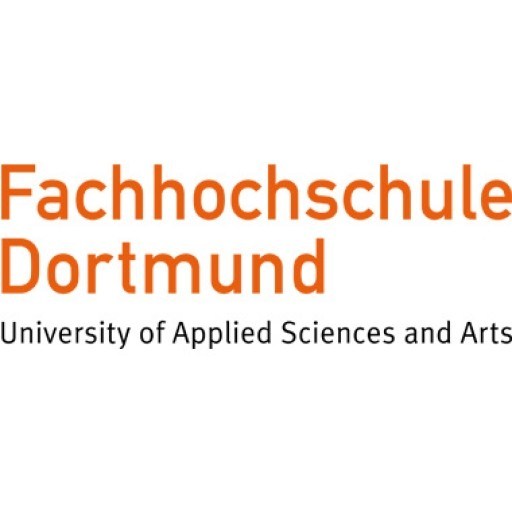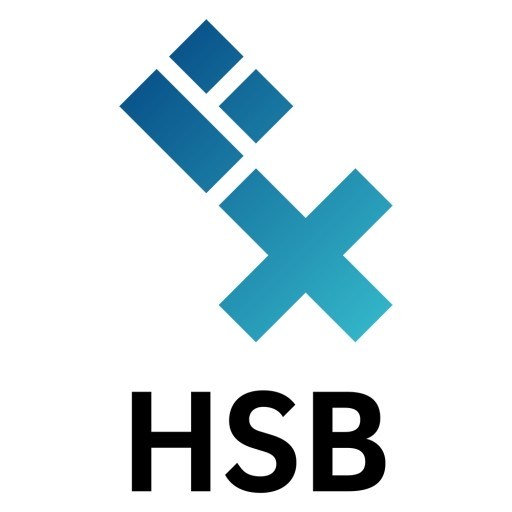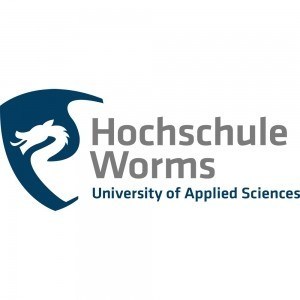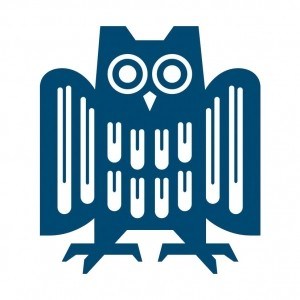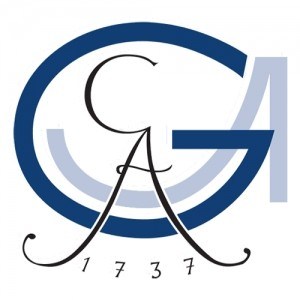The Bachelor's degree program in Communication Design at Dortmund University of Applied Sciences and Arts offers students a comprehensive education in the creative and strategic aspects of visual communication. This program is designed to equip future designers with the skills necessary to develop innovative solutions for a wide range of media and communication challenges in today's dynamic digital and analogue environments. Students will explore fundamental design principles, learn to craft compelling visual narratives, and develop technical proficiency in various digital tools and media workflows. The curriculum combines theoretical knowledge with practical projects, encouraging students to think critically and act creatively while maintaining a strong focus on user-centered design and effective communication strategies.
Throughout the duration of the program, students have the opportunity to work on real-world projects, collaborate with industry partners, and participate in workshops led by experienced professionals. The program emphasizes interdisciplinary learning, integrating aspects of graphic design, interaction design, typography, branding, and multimedia storytelling. This approach ensures graduates are well-prepared to meet the demands of the evolving media landscape, where effective communication can significantly impact brand perception, user engagement, and information dissemination.
The faculty members are experienced designers and educators committed to mentoring students through their academic journey and fostering a creative environment that stimulates innovation. State-of-the-art facilities, including computer labs, studio spaces, and multimedia equipment, support students in executing their ideas from concept to finished product. The program also encourages international exchange and internships, helping students gain global perspectives and practical experience in diverse cultural contexts.
Graduates of the Communication Design program acquire a broad skill set that qualifies them for careers in advertising agencies, design studios, corporate communication departments, media companies, and as independent freelancers. They are trained to think strategically about visual storytelling, develop impactful communication campaigns, and adapt to new media formats as technology continues to evolve. With a focus on sustainability, ethical design practices, and contemporary aesthetics, the program prepares students not only for immediate employment but also for lifelong learning in the ever-changing field of communication design.
Communication Design at Dortmund University of Applied Sciences and Arts offers a comprehensive and innovative curriculum that prepares students for dynamic careers in the field of visual communication. The programme emphasizes the development of creative and technical skills necessary to craft engaging visual narratives across various media platforms. Students are introduced to fundamental design principles such as typography, color theory, composition, and layout, forming the foundation for effective communication strategies. Through a combination of theoretical instruction and practical projects, learners gain hands-on experience in digital and print media, including web design, motion graphics, branding, advertising, and user experience design. The programme encourages a multidisciplinary approach, integrating aspects of media arts, technology, and social sciences to foster well-rounded designers capable of addressing complex communication challenges in diverse professional contexts. Collaboration and innovation are highly emphasized, with students working in teams on real-world projects that simulate industry scenarios, promoting teamwork, problem-solving, and project management skills. The curriculum also offers opportunities for specialization in areas such as interactive media, visual storytelling, or corporate design, allowing students to tailor their education to their personal interests and career goals. Furthermore, the programme maintains close ties with industry professionals and organizations, providing students with internships, workshops, and seminars that enhance practical knowledge and networking opportunities. Graduates of the Communication Design programme are equipped to pursue careers as graphic designers, interface designers, advertising specialists, digital media creators, and art directors, among other roles. The programme prepares students not only to meet current industry standards but also to adapt to future technological developments and emerging trends in communication and media. With a strong focus on creativity, technical proficiency, and professional readiness, the Communication Design programme at Dortmund University of Applied Sciences and Arts aims to cultivate innovative designers who can shape the visual landscape of tomorrow.
The Communication Design program at Dortmund University of Applied Sciences and Arts requires applicants to have completed a relevant pre-university qualification, such as the Allgemeine Hochschulreife or an equivalent international qualification. Prospective students should submit a complete application form along with evidence of their previous education, including transcripts and certificates. A portfolio demonstrating creative and design skills is mandatory; this portfolio should showcase a range of work including sketches, projects, digital media, and other relevant examples that reflect the applicant's artistic and conceptual abilities. Additionally, applicants may need to provide a motivation letter explaining their interest in communication design, their career goals, and relevant experiences. The admission process includes a review of the submitted portfolio, academic credentials, and, for some nationalities, proof of language proficiency in either German or English, depending on the language of instruction. For programs conducted in English, a valid TOEFL or IELTS score may be required unless the applicant has completed previous education in an English-language setting. The university emphasizes creative flair, conceptual thinking, technical proficiency, and an understanding of current design trends. Applicants might also be asked to participate in an interview or an aptitude test to assess their suitability for the program. The program aims to develop students' skills in visual communication, digital media, and innovative design solutions, preparing graduates to work in various fields such as advertising, branding, multimedia, and interactive media. Successful applicants are expected to show originality, critical thinking, and a strong motivation to pursue a career in communication design. The university encourages early application, as spaces are limited, and recommends prospective students familiarize themselves with the specific requirements and deadlines listed on the official Dortmund University of Applied Sciences and Arts website. In summary, the program stipulates a comprehensive application package including academic records, a creative portfolio, and language proficiency tests where applicable, along with demonstrating a clear motivation for pursuing communication design.
The Communication Design program at Dortmund University of Applied Sciences and Arts offers a variety of financing options to support students throughout their studies. Tuition fees at this university are generally low or non-existent for both domestic and international students, as the university is a public institution. Therefore, most students rely on a combination of financial aid, scholarships, part-time work, and student loans to fund their education.
German students typically benefit from government-sponsored financial support systems such as BAföG (Federal Training Assistance Act), which provides grants or low-interest loans to students based on their financial situation. International students may also be eligible for certain scholarships or grants offered by the German Academic Exchange Service (DAAD) or other organizations. These funding options can significantly reduce the financial burden associated with studying abroad.
Additionally, students at Dortmund University can seek work opportunities on or near campus to supplement their income. Many students take part-time jobs in administration, research, or service sectors, which often accommodate students' schedules and provide valuable work experience. The university’s career services can provide guidance on available employment opportunities, internships, and apprenticeships relevant to communication design and related fields.
Students are encouraged to explore external scholarship programs, sponsorships, and grants specifically aimed at students in creative and design disciplines. Some organizations and private donors offer scholarships to outstanding students based on academic achievements, portfolio quality, or specific criteria such as diversity or regional origin.
Financial planning for your studies should also include consideration of living expenses, accommodation costs, health insurance, and study materials. Dortmund generally offers affordable living costs compared to larger German cities. Students can choose from student residence halls managed by the university or private accommodations, with costs varying according to location and type.
In conclusion, financing a communication design degree at Dortmund University of Applied Sciences and Arts primarily relies on a combination of state support, scholarships, part-time employment, and personal savings. Careful planning and early application for financial aid can help applicants manage expenses effectively, ensuring a smooth educational journey in this creative field.
Communication Design at Dortmund University of Applied Sciences and Arts offers students a comprehensive education in the fields of visual communication, media design, and interactive media. The program aims to equip students with the creative, technical, and theoretical skills necessary to design effective communication solutions across various media platforms. Emphasizing a practical and interdisciplinary approach, the curriculum combines traditional design principles with contemporary media technologies, preparing graduates for diverse careers in advertising, digital media, corporate communication, and cultural institutions.
Students engage in a variety of projects that foster innovative thinking, problem-solving, and teamwork. The program includes coursework in graphic design, typography, digital illustration, user experience (UX) design, motion graphics, and multimedia storytelling. Additionally, courses on design theory, media history, and communication strategies provide a solid theoretical foundation that supports practical applications. The program encourages students to develop a unique design language and to critically analyze the societal impact of visual media.
Throughout their studies, students have access to state-of-the-art laboratories and design studios, as well as industry partnerships that facilitate internships and real-world projects. This practical experience is integral to the program, enabling students to build a professional portfolio and network within the media industry prior to graduation. Furthermore, the university fosters an international environment, offering opportunities for student exchanges and collaborative projects with partner institutions worldwide.
Graduates of the Communication Design program are well-prepared for employment in advertising agencies, graphic design studios, media production companies, and corporate communication departments. They may also pursue postgraduate studies or engage in freelance work, leveraging their versatile skill set to adapt to rapidly changing media landscapes. Dortmund University's emphasis on hands-on learning and industry relevance ensures that graduates are not only creatively proficient but also capable of meeting the demands of a competitive job market.
Overall, Communication Design at Dortmund University of Applied Sciences and Arts represents a dynamic combination of artistic development, technical competence, and strategic communication, making it an ideal choice for aspiring media professionals seeking to influence the way information is created, perceived, and utilized across digital and print media.
